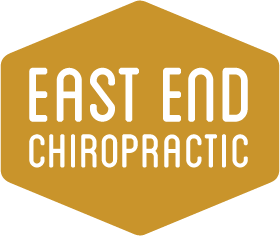The Real Deal
March 24, 2010 • By John OlsenChiropractic medicine has been around for just over 100 years. For most of that time, there has been no “hard scientific evidence” of its efficacy. Hard scientific evidence refers to university-based randomized controlled trials, the gold standard of determining the efficacy of any medical intervention. Most chiropractors could give a thousand examples of how they have helped patients. Most chiropractic patients could write a glowing testimonial about how chiropractic treatment “cured” their neck pain, back pain, etc. Without randomized controlled trials, however, the scientific community could easily write off this testimonial evidence as coincidence, placebo effect, quackery, voo-doo, and a host of other negative terms.
The last 10-12 years have seen many changes in this line of thinking. Hundreds of RCTs have been carried out offering volumes of information on the efficacy of spinal manipulation (the main treatment used by most chiropractors) on the treatment of a myriad of health problems. We now have hard scientific evidence that chiropractic treatment is great for some things, good for some things when combined with other therapies, inconclusive for some things, ineffective for some things, and makes some things worse — just like pharmacotherapy and surgery. We also have hard evidence that chiropractic treatment is superior to pharmacotherapy, surgery, and non-manipulative physical therapy for several conditions.
A brand-new literature review by Bronfort, et. al compiles and summarizes ten years worth of research on the efficacy of manual therapies. Manual therapies include chiropractic and osteopathic manipulation, physical therapy, and massage therapy. Here’s a link to the study: www.chiroandosteo.com/content/18/1/3
Here is the conclusion paragraph of the abstract:
Spinal manipulation/mobilization is effective in adults for: acute, subacute, and chronic low back pain; migraine and cervicogenic headache; cervicogenic dizziness; manipulation/mobilization is effective for several extremity joint conditions; and thoracic manipulation/mobilization is effective for acute/subacute neck pain. The evidence is inconclusive for cervical manipulation/mobilization alone for neck pain of any duration, and for manipulation/mobilization for mid back pain, sciatica, tension-type headache, coccydynia, temporomandibular joint disorders, fibromyalgia, premenstrual syndrome, and pneumonia in older adults. Spinal manipulation is not effective for asthma and dysmenorrhea when compared to sham manipulation, or for Stage 1 hypertension when added to an antihypertensive diet. In children, the evidence is inconclusive regarding the effectiveness for otitis media and enuresis, and it is not effective for infantile colic and asthma when compared to sham manipulation. (Bronfort et al. Chiropractic and Osteopathy 2010, 18:3)
This is well said and very clear. It seems to be consistent with my own experiences in practice. I am pleased to have such a well-written review with a bibliography of over 300 peer-reviewed journal articles to refer to. I encourage all who are interested to follow this link and read the article for themselves.
